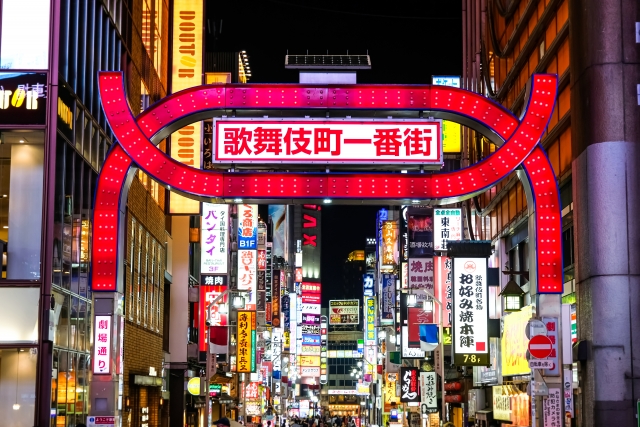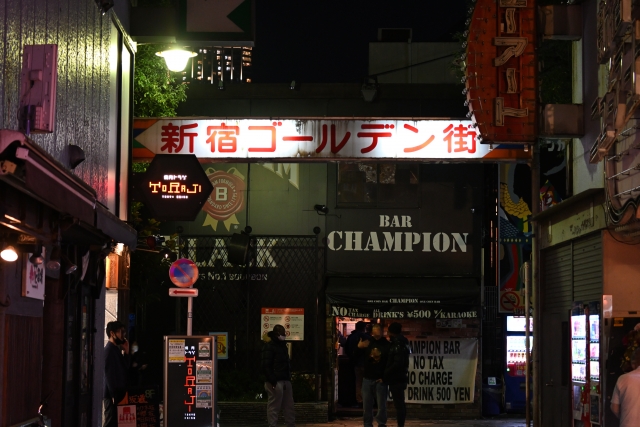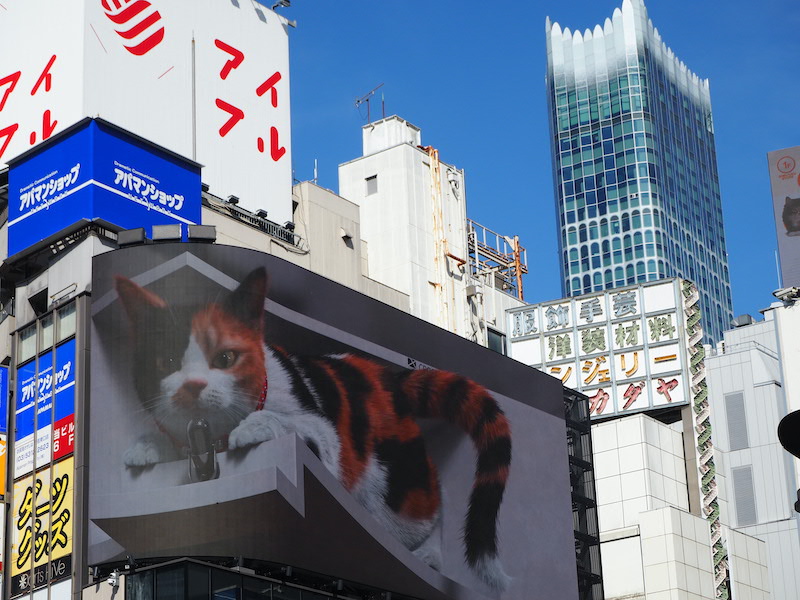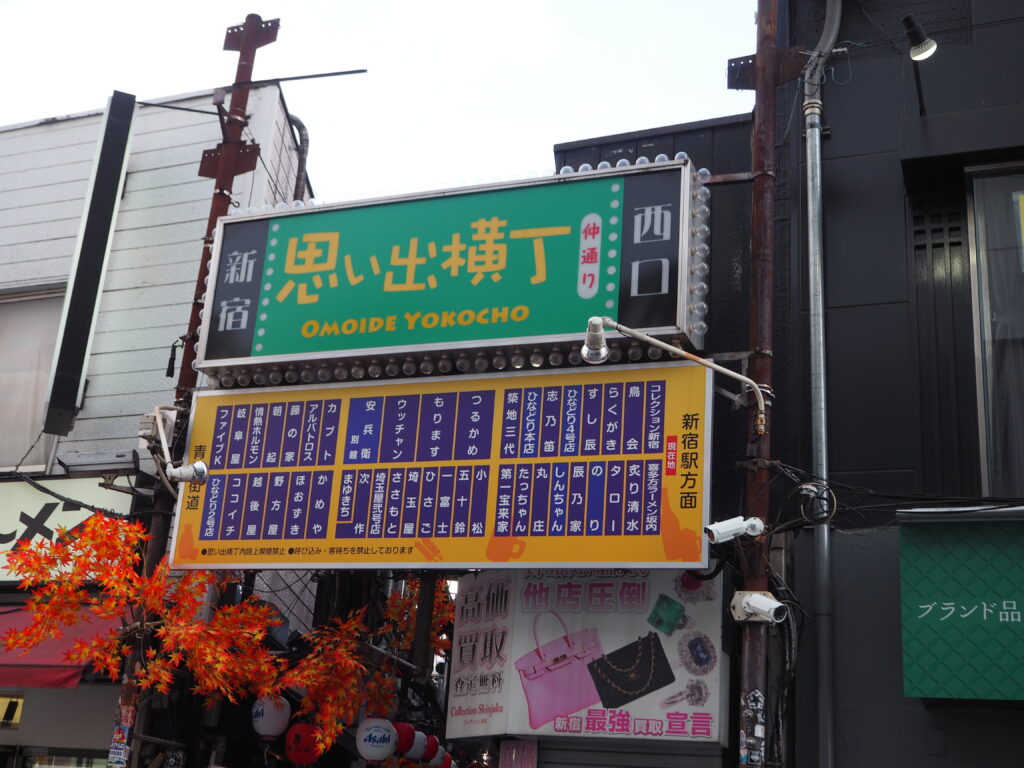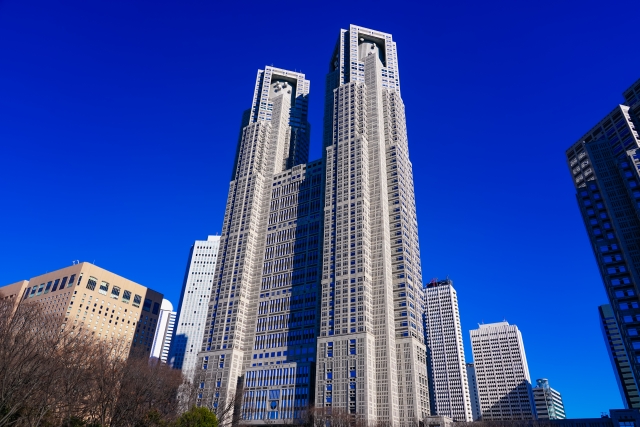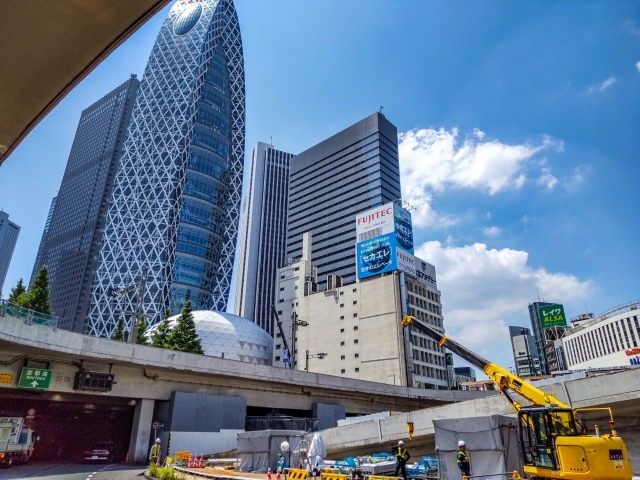Japan’s Most Bustling District
Vast Urban Park in the Heart of the City
Views from the Skyscraper
How to Get There by Train
Shinjuku Station: JR Yamanote Line, JR Chūō Line (Rapid), JR Chūō-Sōbu Line, JR Saikyō Line, JR Shōnan Shinjuku Line, Odakyu Odawara Line, Keio Line, Keio New Line, Tokyo Metro Marunouchi Line, Toei Shinjuku Line, Toei Ōedo Line Seibu Shinjuku Station: Seibu Shinjuku Line
What’s It Like?
Shinjuku is an area with a rich historical background, originally known as Naito Shinjuku. The name “Shinjuku (new post town)” originates from its role as a newly established post town along the Koshu Kaido, or Koshu Highway. Existing since the early days of the Edo period, it served as a place for travelers and merchants to interact, functioning as a rest stop along their journeys.
Following the devastating Kanto Earthquake in 1923, Shinjuku transformed into a major terminal station, experiencing a population surge and expanding predominantly around the station’s vicinity. Evolving into a bustling district with landmarks such as Kabukicho and a skyline adorned with high-rise buildings, Shinjuku became a vibrant hub, buzzing with the energy of urban life and attracting numerous people. Simultaneously, amidst the urban hustle and bustle, the exquisite gardens of Shinjuku Gyoen offer a tranquil retreat, providing a serene haven within the city. With the relocation of the Tokyo Metropolitan Government to Shinjuku, the area now serves as an administrative focal point.
Contemporary Shinjuku seamlessly blends historical roots with modern significance, presenting a diverse array of attractions. Here, the dynamism of city life harmonizes with the beauty of nature, offering visitors a multitude of experiences and pleasures.
